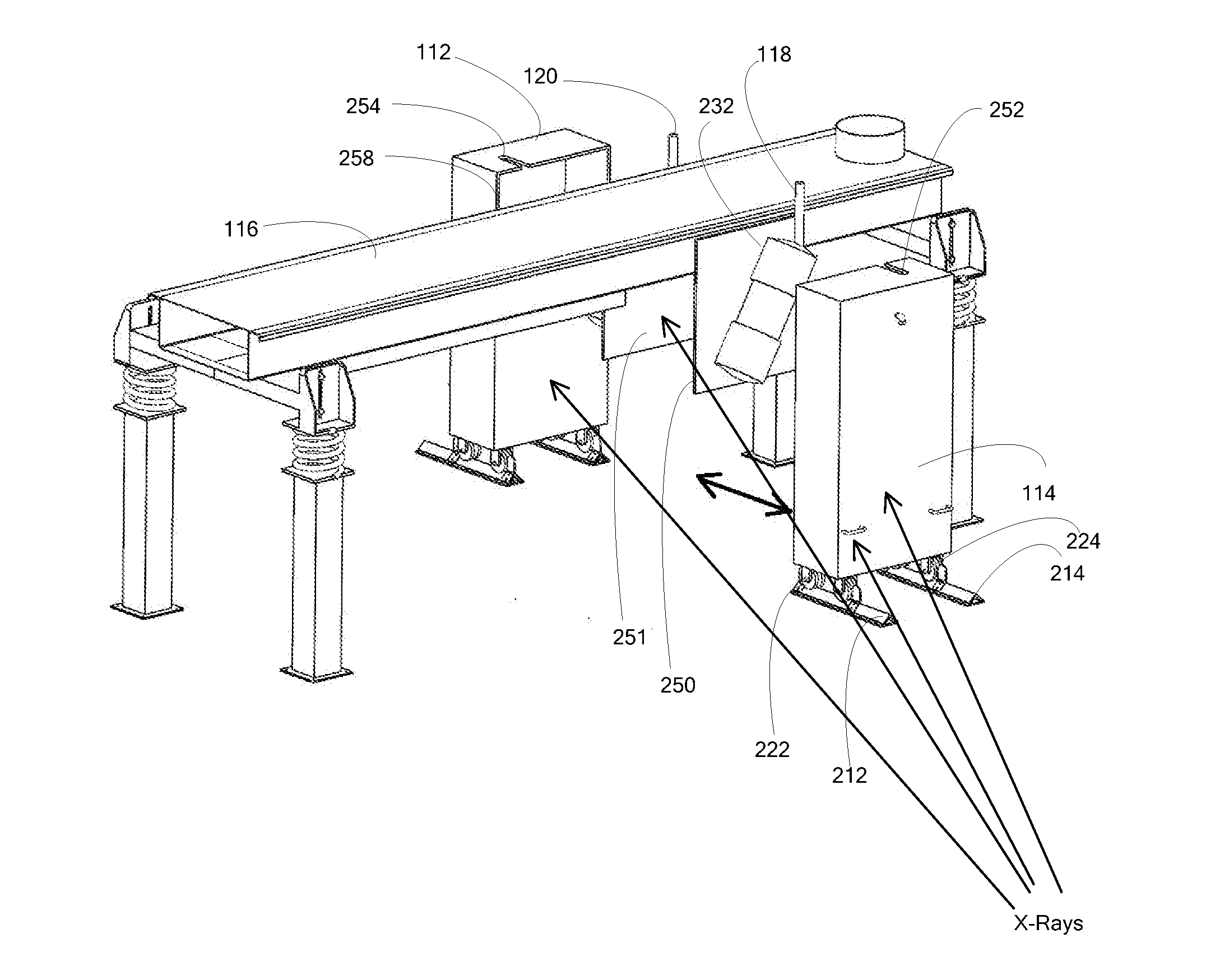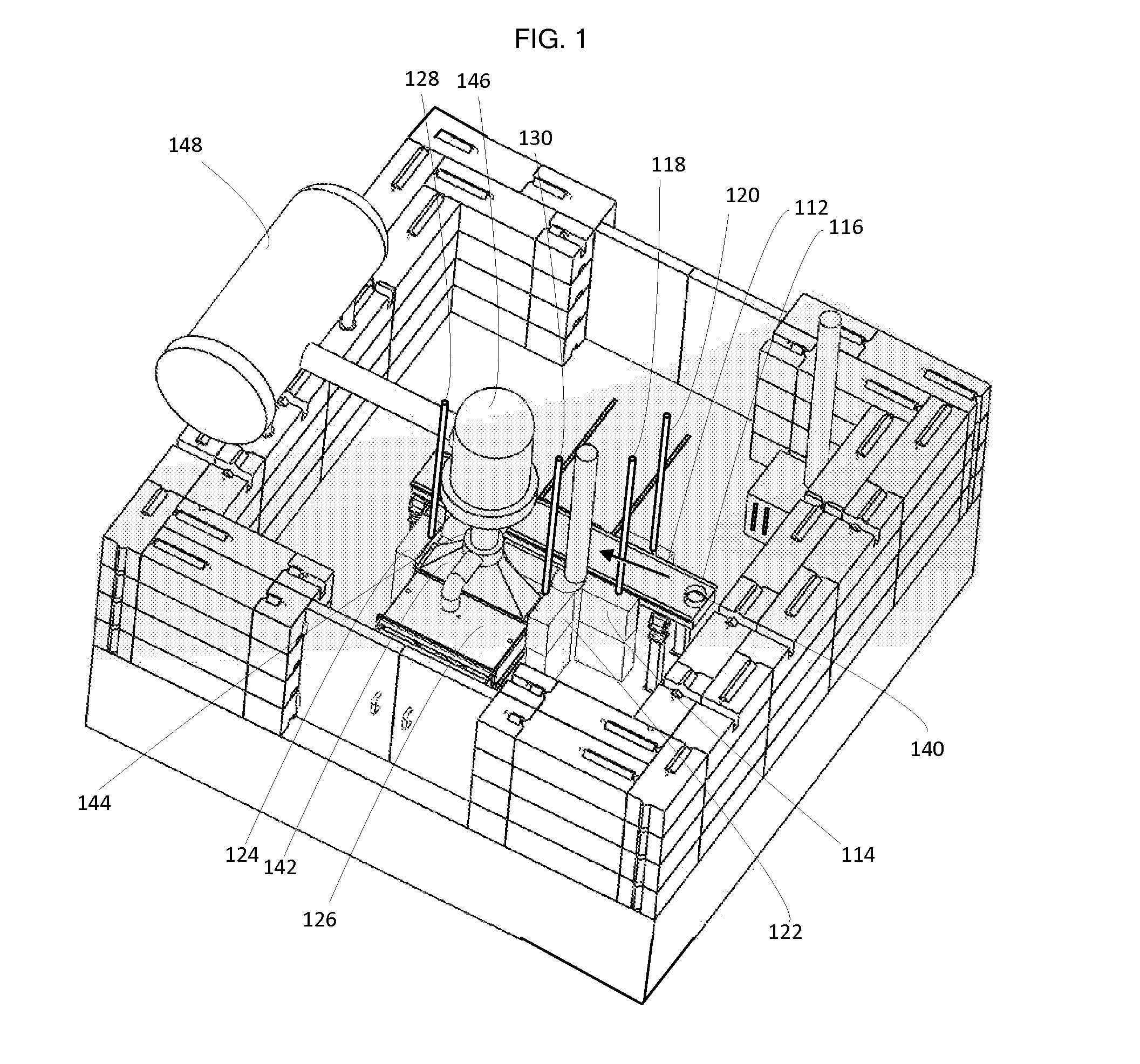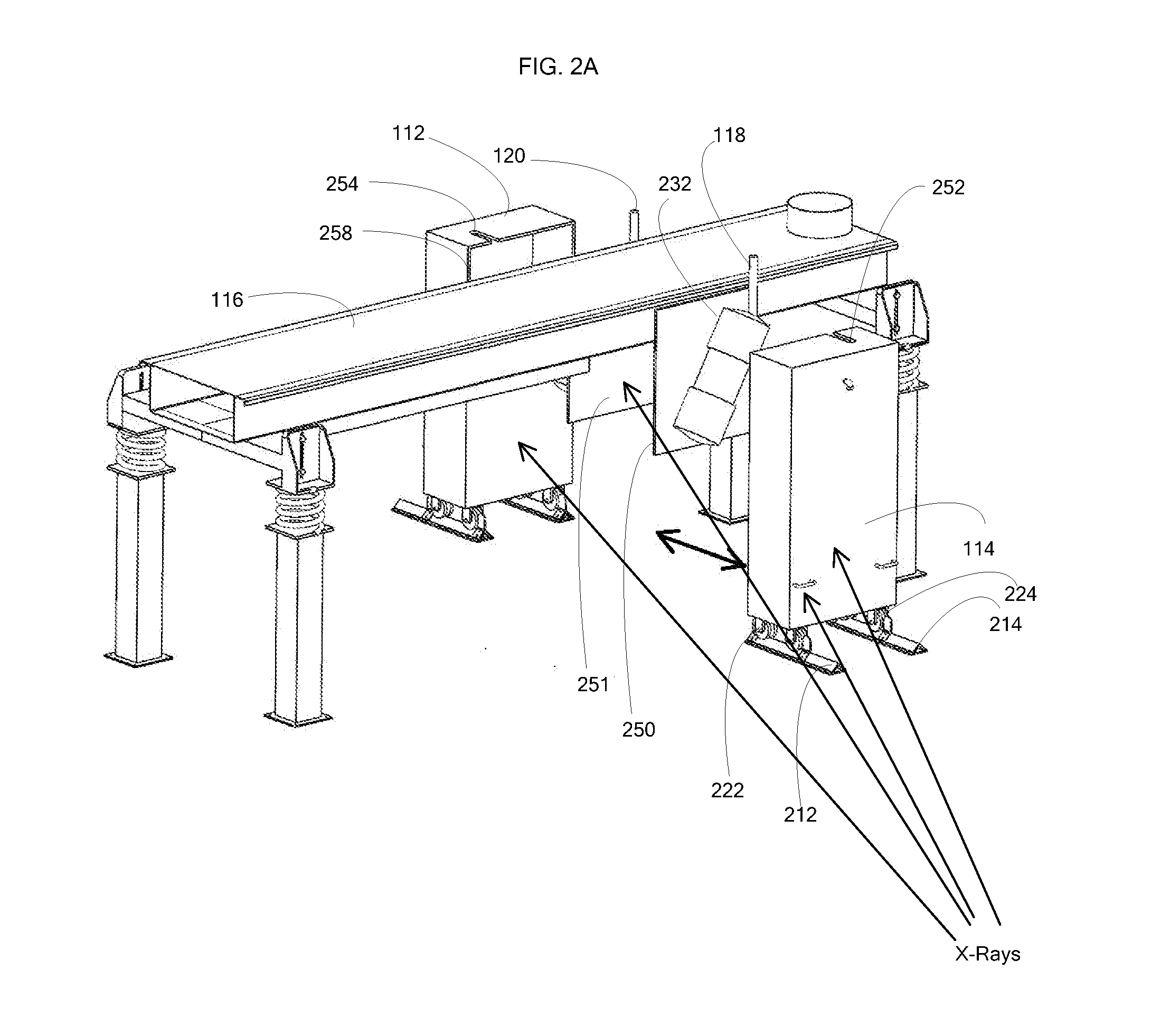Equipment protecting enclosures
a technology for enclosures and equipment, applied in the field of equipment protecting enclosures, can solve the problems of difficult contact between cellulosic materials and enzymes, difficult access to compact matrix, and low yield of cellulosic materials, etc., and achieve the effect of convenient control and easy construction
- Summary
- Abstract
- Description
- Claims
- Application Information
AI Technical Summary
Benefits of technology
Problems solved by technology
Method used
Image
Examples
Embodiment Construction
[0022]Using the methods and systems described herein, cellulosic and lignocellulosic feedstock material, for example that can be sourced from biomass (e.g., plant biomass, animal biomass, paper, and municipal waste biomass) and that are often readily available but difficult to process, can be turned into useful products (e.g., sugars such as xylose and glucose, and alcohols such as ethanol and butanol). Included are methods and systems for treating biomass with radiation in which the processing equipment and / or components of the processing equipment are enclosed in radiation opaque equipment enclosures. In preferred implementations the equipment enclosures are purged with a gas that is inert to the components and / or equipment.
[0023]Many processes for manufacturing sugar solutions and products derived therefrom are described herein. These processes may include, for example, optionally mechanically treating a cellulosic and / or lignocellulosic feedstock. Before and / or after this treatm...
PUM
| Property | Measurement | Unit |
|---|---|---|
| exchange time | aaaaa | aaaaa |
| halving thickness | aaaaa | aaaaa |
| halving thickness | aaaaa | aaaaa |
Abstract
Description
Claims
Application Information
 Login to View More
Login to View More - R&D
- Intellectual Property
- Life Sciences
- Materials
- Tech Scout
- Unparalleled Data Quality
- Higher Quality Content
- 60% Fewer Hallucinations
Browse by: Latest US Patents, China's latest patents, Technical Efficacy Thesaurus, Application Domain, Technology Topic, Popular Technical Reports.
© 2025 PatSnap. All rights reserved.Legal|Privacy policy|Modern Slavery Act Transparency Statement|Sitemap|About US| Contact US: help@patsnap.com



